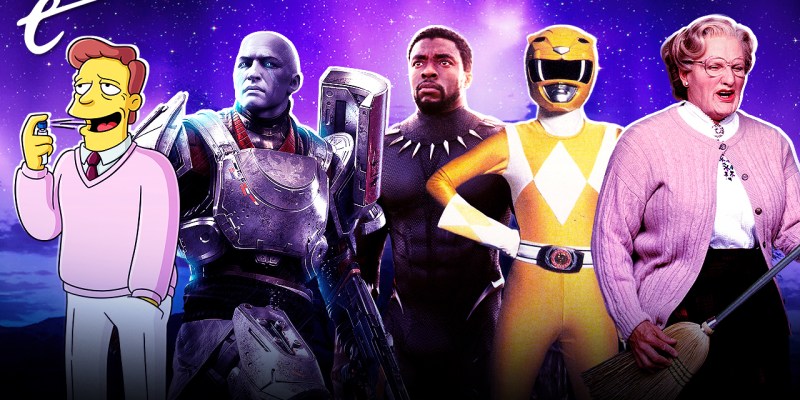TV, movies, and video games are densely packed with beloved characters of all types, and sometimes the people who portray those characters pass away before their time. The most recent tragic example is Lance Reddick as Charon in John Wick, Commander Zavala in Destiny, and Sylens in Horizon, but there are sadly many pronounced examples across the past 25 years: Thuy Trang and Jason David Frank from Mighty Morphin Power Rangers, Phil Hartman as Troy McClure and Lionel Hutz in The Simpsons, Chadwick Boseman as T’Challa the Black Panther, Robin Williams as any number of iconic roles, to name a few. It leads one to wonder what the best ways are to honor a character after their actor has died.
It’s a challenging question to consider because there are two potentially competing obligations to satisfy: the desire to honor the legacy of an actor and the desire to tell a complete story. Although, sometimes the latter isn’t actually that large of a consideration. For example, Troy McClure and Lionel Hutz were hysterically funny characters on The Simpsons every time that Phil Hartman voiced them, but neither character was ever central to the plot of The Simpsons the way an actual Simpsons family member is. As such, it was easy for the staff at The Simpsons to gently retire the two characters after the man’s passing, as a form of acknowledgement that no one but Phil Hartman could ever bring them to life (ignoring those couple early times Dan Castellaneta did some fill-in lines).
Alternatively, sometimes the character in question is so integral to the story and played by an actor so strongly associated with the role that it becomes impossible to continue the story without the actor. For instance, prior to the suicide of Robin Williams, Mrs. Doubtfire 2 was in actual development with Williams attached and director Chris Columbus returning. But it would be plainly ludicrous (and frankly unprofitable) to attempt to create such a sequel without Williams’ involvement, so the movie quietly dissolved with his passing. Mrs. Doubtfire remains a one-and-done comedy classic.
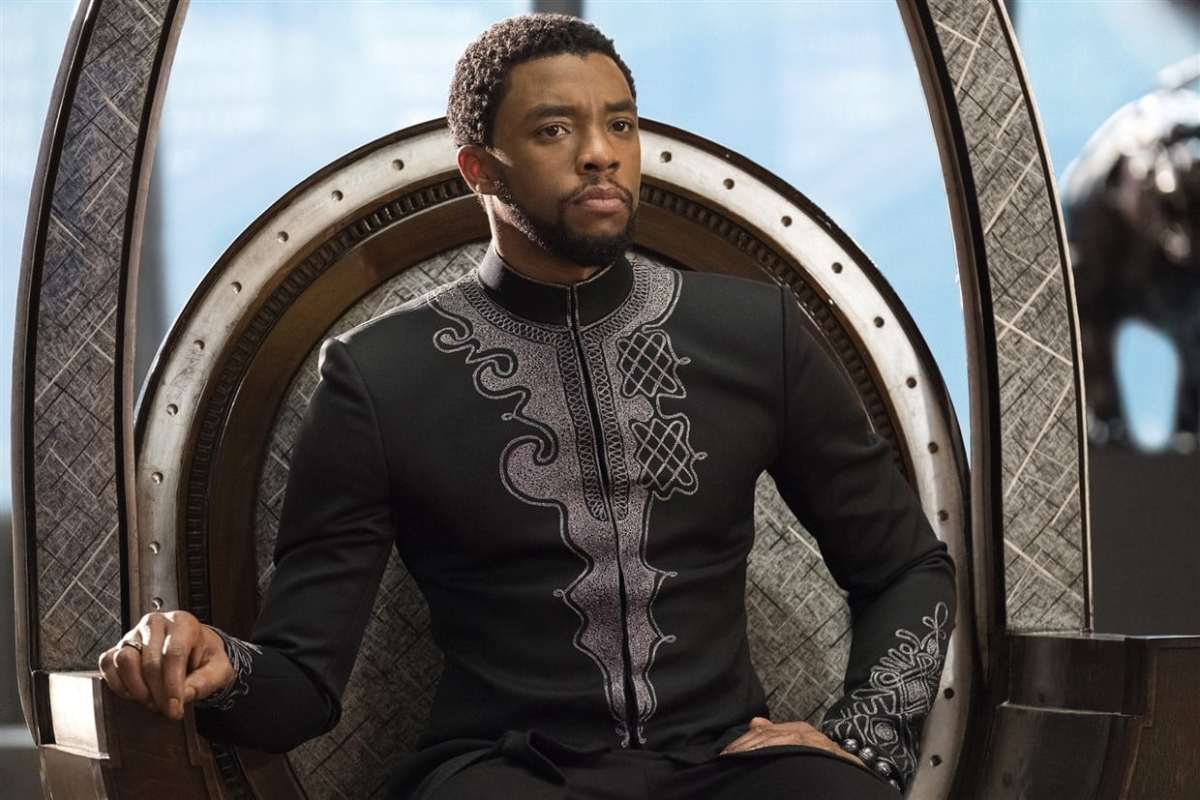
The case of what to do with T’Challa in the Marvel Cinematic Universe after the death of Chadwick Boseman was much more complicated. There were valid arguments to retire T’Challa as a character, considering the inimitable gravitas Boseman had brought to the role, and there were also valid arguments to recast him, considering what the character represents to his fans. Marvel Studios ultimately chose the former, elevating T’Challa’s sister Shuri (and actor Letitia Wright) to the role of Black Panther for Black Panther: Wakanda Forever. Although, reception to Wakanda Forever and to Wright’s performance was somewhat lukewarm.
Prior to Boseman’s passing, the story of Black Panther 2 was actually supposed to be a father-son story about T’Challa bonding with a son (from Nakia) whom he had missed growing up for the five years that T’Challa was gone for the Snap and Blip. Marvel Studios and director Ryan Coogler chose to discard this storyline in favor of Wakanda Forever’s story of the legacy of colonialism, with the antagonistic presence of Namor apparently being one of the only things to appear in both versions of the sequel’s story.
There is no denying that Wakanda Forever treats the death of both T’Challa and Chadwick Boseman as a visceral, heart-rending event, and the literal tributes to the character in the movie are utterly beautiful. However, it is difficult to say — since we are speaking in hypotheticals —whether Wakanda Forever was a stronger continuation of the overall Wakanda narrative than one where Marvel had chosen to recast T’Challa and more directly continue some ideas that had been raised in the first movie. But to be fair, it is worth noting that the quality of writing and directing exists independently of which characters are available to use for a story, making it even more of a moot point. In other words, there was never one right answer about what to do with the T’Challa character in the MCU, but the large majority of people seem to be happy with how Marvel chose to honor actor Chadwick Boseman after his death.
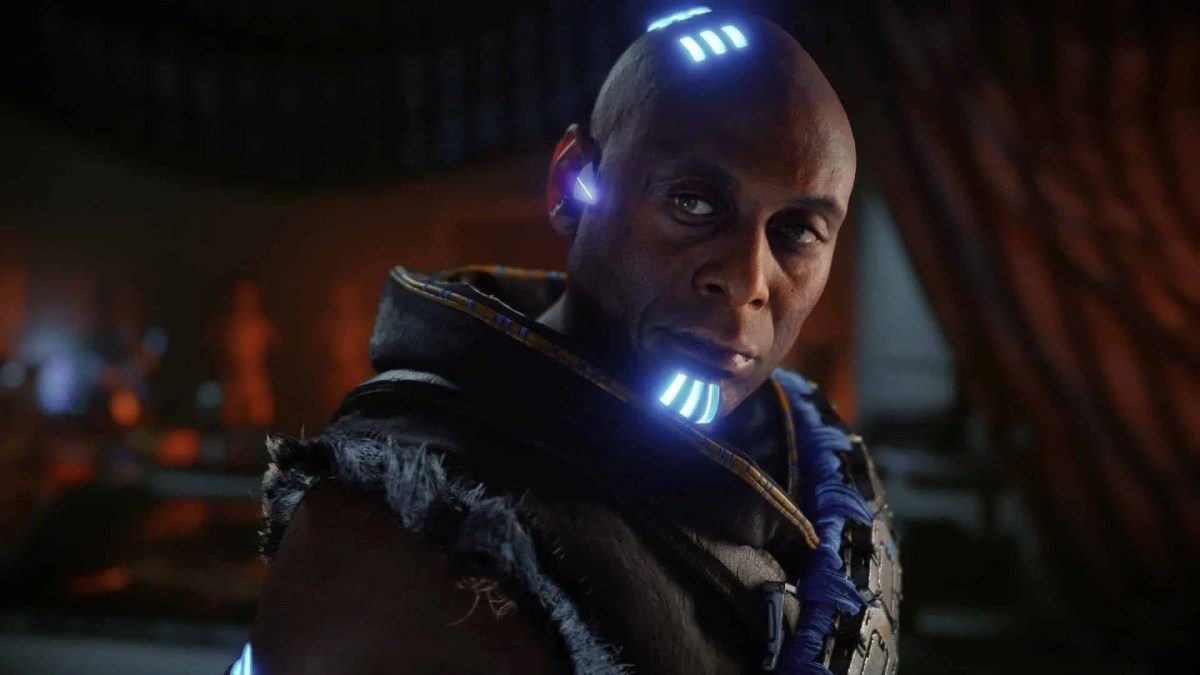
Meanwhile, the video game characters of Lance Reddick might prove particularly difficult to reconcile following the actor’s passing. Commander Zavala has been a major character since the original Destiny game, and while developer Bungie does have more performances from Reddick left to use in future story updates, they are certainly going to run out sooner than the writers had ever planned. Likewise, Sylens is arguably the most interesting character in Guerrilla Games’ Horizon franchise, and he even has Reddick’s face!
Bungie and Guerrilla Games now have a choice to make about how central Zavala and Sylens actually are to their respective mythologies: Do they retire the character gently, kill the character in epic and meaningful narrative fashion, or hire a soundalike actor to continue the planned narrative? In the case of Zavala, perhaps the Destiny mode of storytelling might lend itself to cleanly moving on from Zavala in a way that is narratively satisfying while honoring the character; let him ride off into the sunset or blow himself up while blowing up a sun.
But in the extensively story-driven Horizon Zero Dawn and Horizon Forbidden West, Sylens has been such a valuable character to the narrative that Guerrilla would be genuinely handicapping its storytelling capabilities by writing him out of the story for sequels. It would still be reasonable to do so, for the sake of honoring Lance Reddick, but one imagines fans would be more receptive to alternatives in this scenario. Messy as it might be, perhaps the best solution here would be to keep paying Reddick’s estate to use his likeness but to otherwise recast the character. Aloy needs Sylens, and Sylens needs to look like Lance Reddick.
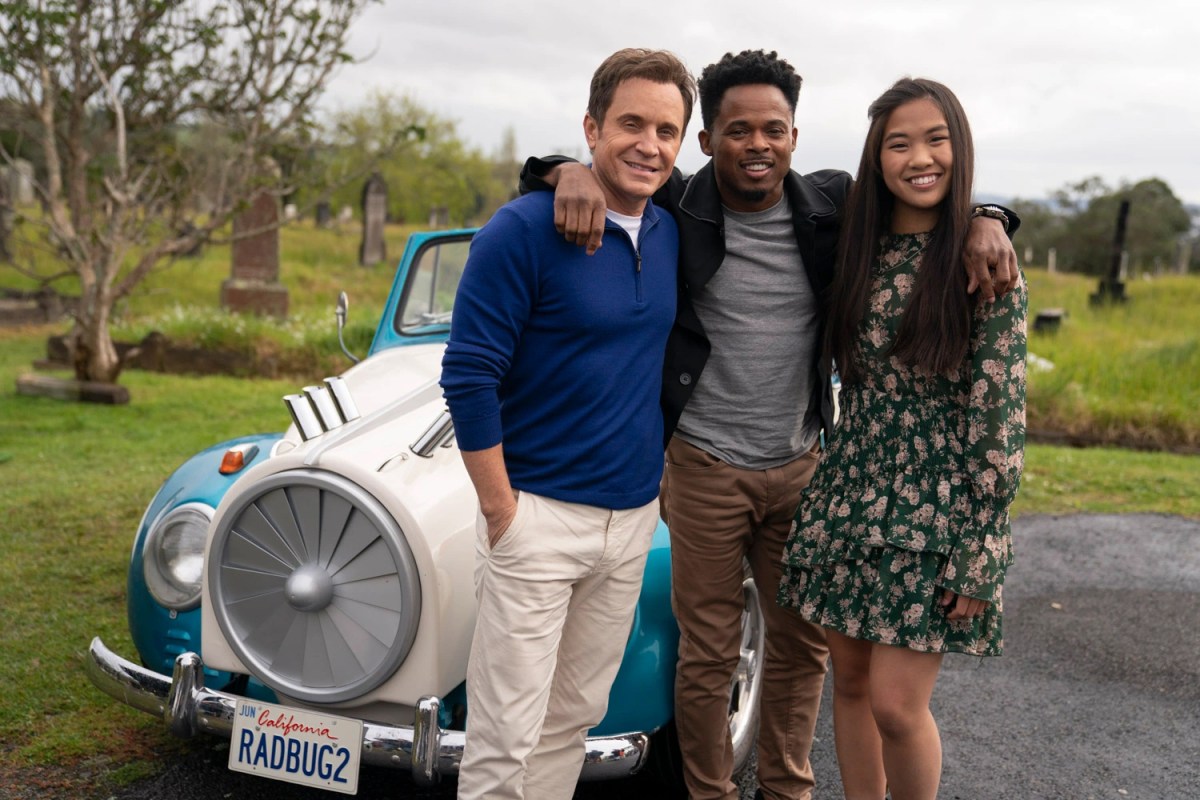
However, in any case where the decision is made not to recast a character after their actor has died, it will often become an important topic of conversation whether the character has to die too. This discussion has begun anew with the upcoming Mighty Morphin Power Rangers: Once & Always, a 30th anniversary special on Netflix reuniting several characters from the original Mighty Morphin Power Rangers. It was filmed before the suicide of Jason David Frank, who played Tommy Oliver in the series and does not seem to appear in this special, but the central theme of Once & Always is about honoring the character Trini Kwan and her actor Thuy Trang, who died in a car accident back in 2001.
The premise of Mighty Morphin Power Rangers: Once & Always makes the rather striking decision to kill Trini more than 20 years after Thuy Trang actually died. Trini, as the Yellow Ranger (whose face is naturally obscured), seems to sacrifice herself to protect another Ranger from a deadly attack. This leaves the other Rangers and Trini’s daughter, Minh (a new character played by Charlie Kersh), to pick up the pieces and honor her sacrifice to the best of their ability. “She killed Mom!” Minh laments.
By Power Rangers standards, a franchise where good characters seldom die and the word kill is typically avoided altogether, this is an incredibly dramatic setup. It puts Trini and Thuy Trang at the heart of the narrative in a way that would be almost impossible in a storyline that treats Trini as still alive and just out of sight of the camera. However, whether this is the best way to honor Trini and Thuy Trang is, fascinatingly, still up for debate.
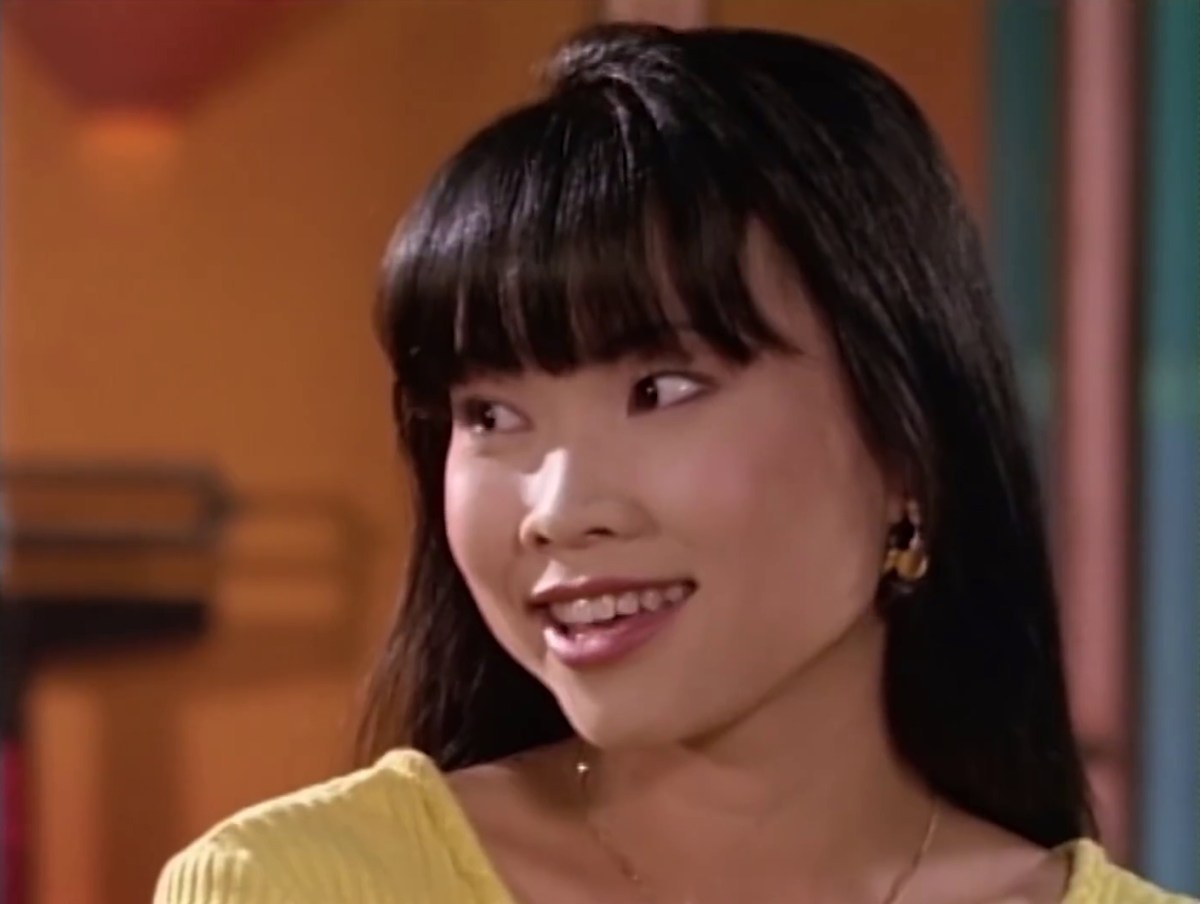
After all, the beauty of fiction is that it is not reality. Fiction allows one to explore their worst nightmares in something like Alien or indulge in a carefree paradise like what is created at the end of Bill & Ted Face the Music. There would be something comforting and reassuring in a Power Rangers continuity where Trini simply pursues her passions, raises her family, and lives as close to happily ever after as anyone actually can. Trini can have what Thuy could not; Trini can live well for the both of them.
Choosing to kill Trini now, decades later, for Mighty Morphin Power Rangers: Once & Always feels like an act of delayed catharsis for the fans and the cast alike. Thuy Trang had ceased to be associated with the Power Rangers franchise in 1995, and until this 30th anniversary special specifically focusing on Mighty Morphin, there was never another narrative reason to truly demand Trini’s presence. This is the first opportunity the Power Rangers franchise has ever had to directly honor the Trini character and Thuy Trang, and it has taken this occasion to kill Trini — a narrative decision that almost certainly would have been vetoed by executives in 2001 had Trang still been active in the children’s franchise till her death.
Thuy Trang is Trini, and what one chooses do with the latter will be judged according to how it reflects positively upon the former. Trini could have lived happily ever after, unassumingly but passively beloved by fans as she has always been. Instead, Trini will die so that Thuy Trang can be mourned. That is tragic and beautiful, but one cannot necessarily argue that one choice is resolutely better than the other. Each has its merits.
These are the narrative and moral quandaries that writers of TV, movies, and video games face when the beloved actors who portray their iconic characters have died. It is not an enviable position to be in. However, these challenging moments do, at the very least, cause us to reconsider what makes these characters, these stories, and these actors so special.
